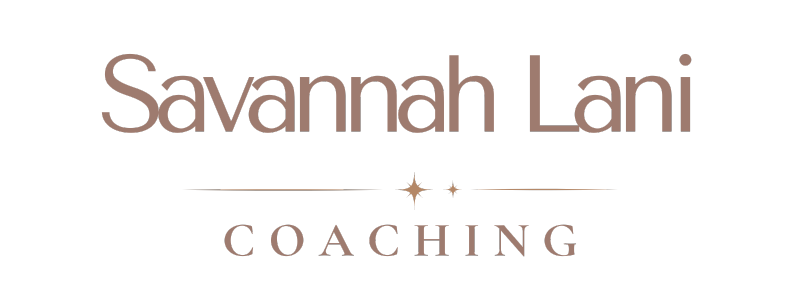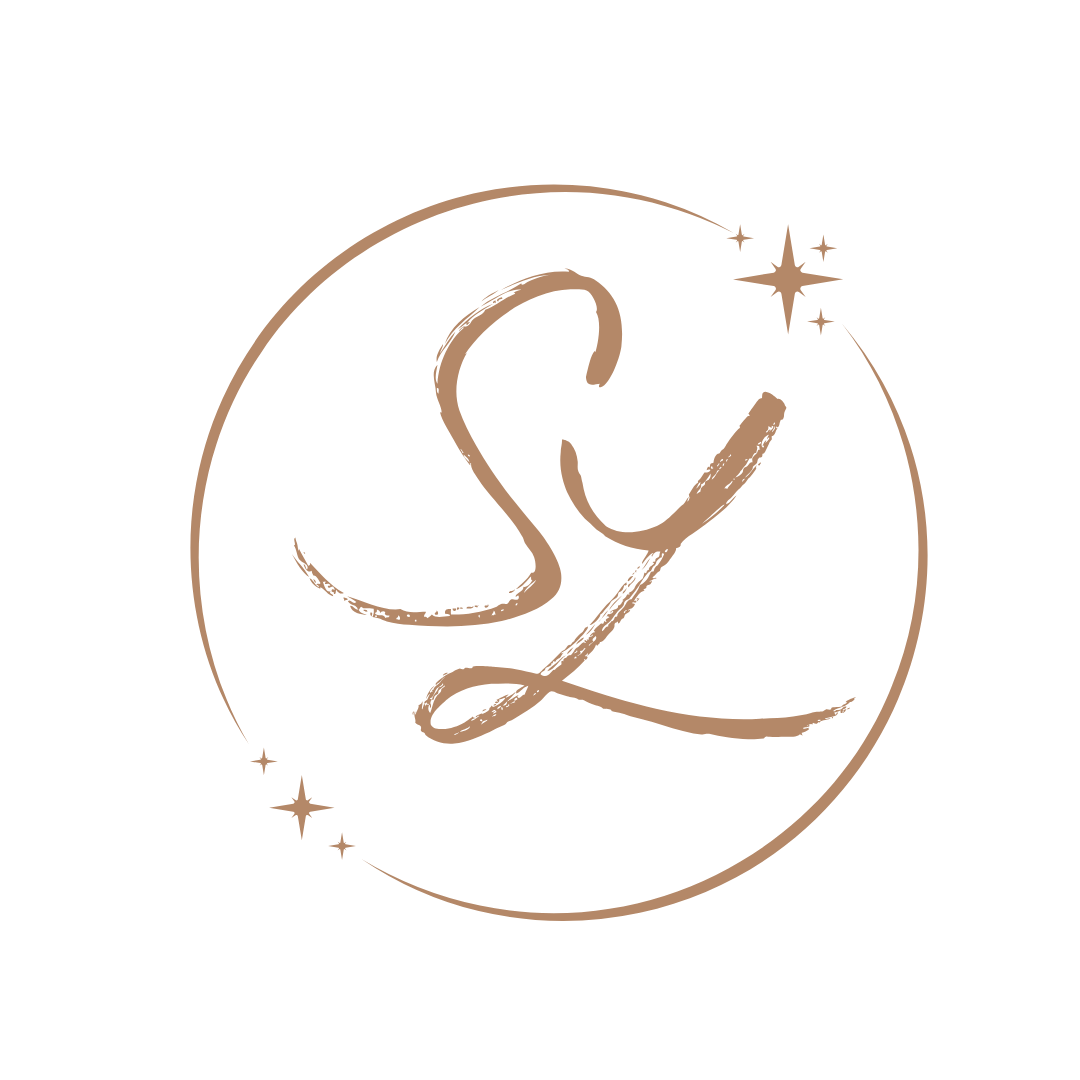Brand Story & Brand Identity Development
Table of Contents
Defining & Creating a Brand Identity
Your Brand Identity is visual, emotional, linguistic, and relational. People starting a new business frequently hire Graphic Designers and Brand Designers for their logo, typography, and color scheme. They also hire Brand Managers, Copywriters, Marketers, and Brand Strategists. There are tons of titles that address different parts of Brand, but they all have a central job requirement—create a Brand that’s unique, creative, and emotionally important to a potential buyer or client—that defines their success.
Some people will spend hours and hours working and re-working their logos but spend hardly any time on a Brand Style Guide. Others might invest thousands into a product that’s AMAZING, but if they don’t have a strong Marketing Strategy the right customers will never find it. You could be a fantastic consultant, but if your Brand doesn’t connect, you’ll never get clients to see how brilliant you are.
So Many Choices; So Many Brands
Walk into any grocery store today, and you’ll find 15 varieties of ranch dressing, 7 kinds of chicken noodle soup, 12 kinds of vodka, 10 kinds of water… it is exhausting to choose. How do you choose your brand of water, yogurt, cereal, floss, or deodorant? They all offer similar functionality and pricing, but you choose based on which Brand you connect with most, right?
A (Very) Brief History of “Brand”
The Industrial Revolution is a historical period from 1760 to 1840. It was one of the first major shifts in how we consume and interact with merchandise. The Industrial Revolution influenced the ways we live, work, dress, and market. The rise of “Brand” in the 1960s and 70s is connected to the results of the industrialization of products. Before the Industrial Revolution, people made their own clothes; there were no centralized factories.
Textiles and clothing were 2 of the first industries to get moved to factories. That meant the decline of small shops and home sewing. Mass production of clothing produced an excess of clothes at lower prices than ever before, encouraging people to start purchasing clothes for their style and design instead of purely for utility (take a peek at your own closet and I think you’ll agree).
More Choices Created More Brands
In the same way that industrialization gave us opportunities to choose our style, increased production of everything from toilet paper to salad dressing gave us opportunities to choose based on emotion and desire instead of needing alone.
In the 1950s and 60s, branding as a marketing strategy and critical aspect of business arose. Think Tide, Coca-Cola, Ford, Colgate, and Chanel. These industry leaders were talking about Brand before Branding became its own department. Because of this, they have remained staples in our markets and leaders in profits for decades.
Now, it’s not just clothing we choose based on our values, desires, and emotions—it’s everything. And the reasoning behind why we choose, how we choose, and what we choose are all influenced by Brand, Brand Voice, and Brand Identity.
What is Brand Voice?
Your Brand Voice is the language, style, and tone your Brand uses to communicate with your target audience. It can be created by using specific Capitalizations, punctuation marks (!!?), pronouns (“we offer” … versus “I offer”), and verbs. How you communicate is influenced by your target audience and the platform you’re using to communicate influences your message.
Brand Voice is a deliberate way of communicating your Brand to the world. You can use it to speak in a webinar, write a script for a podcast, develop copy for your website, or network at an event.
Developing a Brand Voice keeps your message consistent and focused on your Brand. It ensures seamless transitions between digital, print, video, networking, or however else you’re promoting your business.
Creating a Brand Voice
Your Brand Voice is a piece of the whole which is your Brand Identity. What does your Brand stand for? What does your Brand care about, love, get angry with, and cherish?
Uncovering the connections your audience will make between your Brand and themselves is where amazing marketing happens. Read that again.
Because we have literally hundreds (even thousands) of choices as consumers, finding the connection between your brand and audience will make a huge difference.
Brand Identity & Your Business
Brand Identity, as defined by 99designs, “is the collection of all elements that a company creates to portray the right image to its consumer”.
But how do you know what the “right image” is? How do you define who you are and what you do? An excellent way to start is through Brand Voice Development. By uncovering key words, messages, and concepts, you can start to build your Brand Identity around central concepts such as:
- Vision: What does your Brand want for the consumer?
- Mission: What does your Brand do for the consumer?
- Value Proposition: What makes your Brand unique for the consumer?
- Pain Points: What problems does your Brand solve?
- Persona: Who is the Persona behind the Brand?
(There are many ways to define vision, mission, value prop, pain points, and persona. These are the basic definitions I use in my strategy sessions.)
Can you quickly and easily answer the five questions above? If not, no matter how gorgeous a website, creative a logo, or outstanding a service you provide, your consumer might not know, engage, or purchase.
You can develop a Brand starting with visuals or with messaging, but you need to have both to create an awesome and impactful Brand Identity.
Working with Cristin Ertel, Your Well First
Cristin chose to work with Beach Bum Creative because she was adding a new service to her business: Health Coaching. Her company, Your Well First, had focused primarily on massage therapy and wellness. Over time, Cristin found herself getting more and more health-related questions from her clients that she wanted to be able to answer.
Cristin’s background in dancing, nutrition, holistic medicine, and massage all play crucial roles in her Brand Identity, values, Brand Voice, and mission. When we connected, Cristin had different pieces of her Brand Identity in mind, but no central document to refer to for a complete Brand Narrative.
What’s a Brand Narrative (Story)?
Your Brand Narrative (also called Brand Story) creates an overarching arc with relevant themes specific to your Brand Identity. Cristin wanted to identify how her target audience (high-achieving women in various stressful roles such as nurses, mothers, teachers, and business owners who were struggling to take care of themselves) was feeling and thinking. We developed an internal Brand Narrative for Cristin so she could quickly and thoughtfully generate content based on her values, mission, and beliefs.
Then we developed a Client Journey story, so Cristin could define this journey to her target audience. By creating a Brand Narrative and using it to develop the Journey, Cristin gained a “useable template to go back to when promoting myself and my business”. This Brand Narrative acts as a guide for Cristin, informing her social media, promotions, website copy, and networking.
How Do I Create a Brand Narrative?
I developed a 7-point framework that I use when working with all my clients, whether it’s for website design, copywriting, social media campaigns, or professional biographies. I drew this from a very simple storytelling concept many of us learn in grade school: The Five Ws and 1 H.
How Does BBC Use the Five Ws and 1 H?
The Five Ws are: “Who”, “What”, “Where”, “When”, and “Why”, plus “How”. I also added “For Whom” to define the Client Persona and their Journey.
Uncovering Your “Who”
The “Who” of the story is your Brand. Who is your Brand? How does it speak, think, and react? What does it care about, desire, or dislike? The “Who” can be the owner of the business, the Brand itself, or you can break it down even further and define the “Who” of your Brand and the “Who” of the Founder separately.
Simplifying Your “What”
The “What” of your Brand is the service(s), and / or products your Brand offers. Write out everything you offer, using only 1 or 2 sentences to describe each one. Don’t overthink this or get into super technical terms (you will lose your audience).
For Whom”, Client Persona
I added “For Whom” because the client or consumer is the key role in your Brand Story. Write out the “Who” the “What” and “For Whom” into a complete sentence.
For example, “Beach Bum Creative (Who) offers web design, copywriting, and social media strategy (What) for highly motivated small business owners (For Whom).”
Your Straightforward “Where”
This is probably the simplest to answer. Where does your service take place, or where are your products purchased?
My “Where” is online via Zoom, in the digital marketplace, and in-person in English-speaking countries.
Mental & Emotional “When”
Use the “When” to define your Client Journey starting point, not as a specific time.
For example, I wouldn’t write, “January, 2022” or “in the afternoon”. When, in this sense is when in the Clients life they would work with you, need you, or decide to hire you.
My Ideal Client’s “When(s)” are:
When ready to grow their business through content marketing.
When feeling overwhelmed developing content for their business.
When ready to get more time to focus on client relationships instead of marketing.
When prospect has a budget for marketing strategy.
When feeling exhausted trying create copy for their business.
When struggling to speak about their business.
When ready to bring on new employees or scale their business.
When ready to create a website, identity, or opportunity for their brand.
If you think of the Client Journey as a Point A to Point B, each of your “When” moments represent a possible point A and opportunity to write content that connects with that specific moment. Each Point A is a chance to create empathy and show your value to the consumer.
The Big “Why”
Branding is all about Why, and your business needs to be about the Why as well. Answering the Why for your Client and Your Business is crucial. Oftentimes, they will be different, but they must have something that connects them. You could have an amazing Why(s) that connects with you deeply, but if it doesn’t connect to a Why for your consumer or client, they won’t care, keep reading, buy, or hire you, plain and simple.
“Beach Bum Creative offers web design, content marketing, and branding because business owners have wonderful and important stories to tell.”
That’s a lovely Why for me, internally, but a business owner (who probably also knows they have an important story) won’t really care.
“Business owners hire Beach Bum Creative because they want to bring in more clients for their services.”
That’s a nice Why, but why Beach Bum Creative?
“Business owners hire Beach Bum Creative for story-driven web design and content because they know that having a deliberate, sincere, and unique Brand Story improves sales and audience engagement.”
3 Key Why(s)
Now, you've distilled down 3 crucial Why(s).
- The Why for your consumer.
- The Why for your business.
- The Why for how they're connected
Finally, the “How”
I define the "How" around the action items and steps that the Client and Brand will take together to go through the Journey. This concept of Journey is based off The Hero’s Journey with the Client being the Hero, NOT the Brand, as Donald Miller explains in his pivotal book, “Building a StoryBrand”.
How will your Hero (client or customer) get from Point A to Point B? How do you help them get there? Is it with ridiculously soft yoga pants, advanced AI technology, delicious muffins, or incredible Doggy Daycare? Whatever you do, the "How" needs to clearly define the ways you get your Client to Point B (their "Why") so they understand why they need to work with you.
Try it Out!
Go through this exercise on your own and let me know what you come up with in the comments! Or, drop a question you've been wondering about Brand Development.









